Peace lilies, scientifically known as Spathiphyllum Wallisii, are popular houseplants known for their elegant, dark green leaves and beautiful white flowers. In this comprehensive guide, we will delve into the origins and characteristics of Peace Lily Spathiphyllum Wallisii, as well as explore why it has become a favorite choice among plant enthusiasts.
Origins and Characteristics of Peace Lily Spathiphyllum Wallisii
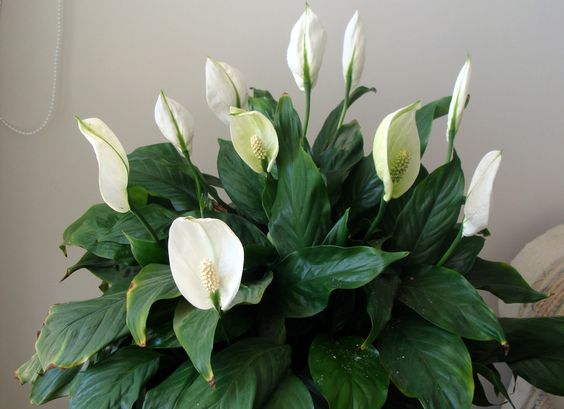
Peace Lily Spathiphyllum Wallisii is native to the tropical rainforests of Central and South America. It was first discovered by Gustav Wallis in the late 19th century and has since gained widespread popularity as an indoor plant.
This evergreen perennial plant belongs to the Araceae family and is known for its glossy, dark green leaves that grow in an attractive lance-shaped pattern. When grown in optimal conditions, Peace Lily Spathiphyllum Wallisii can reach a height of up to 2 feet.
However, the most captivating feature of this plant is its unique white flowers, which are actually modified leaves called spathes. These spathes surround the small, inconspicuous flowers, giving the plant its iconic appearance. The flowers usually bloom in spring and summer, and their longevity adds to the charm of the Peace Lily Spathiphyllum Wallisii.
Why Peace Lily Spathiphyllum Wallisii is a Popular Houseplant
There are several reasons why Peace Lily Spathiphyllum Wallisii has gained popularity as a houseplant:
-
Air Purification: Peace Lily Spathiphyllum Wallisii is renowned for its air-purifying capabilities. It effectively filters toxins like formaldehyde, benzene, and trichloroethylene from indoor air, making it an excellent choice for improving indoor air quality.
-
Low Maintenance: This plant is relatively easy to care for, making it suitable for both beginner and experienced plant enthusiasts. It can thrive in low-light conditions and requires minimal watering and maintenance.
-
Decorative Appeal: With its lush green foliage and elegant white flowers, Peace Lily Spathiphyllum Wallisii adds a touch of natural beauty to any indoor space. Its versatility allows it to complement a wide range of interior design styles.
Peace Lily Spathiphyllum Wallisii Care Guide
Proper care is essential to ensure the healthy growth and longevity of your Peace Lily Spathiphyllum Wallisii. In this section, we will provide a detailed care guide covering various aspects such as light and placement, soil and potting, watering and humidity, and fertilization and feeding.

Light and Placement
Peace Lily Spathiphyllum Wallisii thrives in medium to low-light conditions, making it an excellent choice for areas with limited natural sunlight. It should be placed in bright, indirect light but must be protected from direct sunlight, as this can scorch the leaves.
When choosing the perfect spot for your Peace Lily Spathiphyllum Wallisii, consider placing it in areas such as north or east-facing windows, away from drafts and air conditioning vents. It can also adapt well to artificial light, making it suitable for offices and indoor spaces with limited natural light.
Soil and Potting
The right soil mix is crucial for the healthy growth of Peace Lily Spathiphyllum Wallisii. It prefers a well-draining soil that retains moisture without becoming waterlogged. A recommended soil mix consists of peat moss, perlite, and a small amount of organic compost.
When selecting a pot, choose one with drainage holes to prevent waterlogging. Repotting should be done when the plant has outgrown its current pot or if the soil becomes compacted. This is typically done every 1 to 2 years, preferably in the spring.
Watering and Humidity
Proper watering is essential for the well-being of Peace Lily Spathiphyllum Wallisii. It is important to keep the soil consistently moist, but not soggy. The frequency of watering will depend on the environmental conditions and the moisture retention of the soil mix.
A good practice is to water the plant when the top inch of soil feels dry to the touch. Ensure that excess water drains out of the pot to prevent water accumulation at the bottom, which can lead to root rot. Mist the leaves occasionally to provide the plant with the necessary humidity, especially in dry indoor environments.
Fertilization and Feeding
To promote healthy growth and blooming, Peace Lily Spathiphyllum Wallisii should be fertilized regularly. A balanced, water-soluble fertilizer with equal proportions of nitrogen, phosphorus, and potassium is recommended. Fertilize the plant every 2 to 3 months during the growing season (spring and summer) and reduce fertilizer applications during the dormant period (fall and winter).
When applying fertilizer, dilute it to half the recommended strength to avoid fertilizer burn. Always follow the instructions provided by the manufacturer. Additionally, organic compost can be used as a natural alternative to synthetic fertilizers.
Peace Lily Spathiphyllum Wallisii Care Challenges
While Peace Lily Spathiphyllum Wallisii is generally a resilient plant, it may encounter certain problems that can hinder its growth and overall health. In this section, we will explore common pests and diseases that can affect the plant and provide tips on how to address leaf problems.
Common Pests and Diseases
Peace Lily Spathiphyllum Wallisii can be susceptible to pests such as spider mites, aphids, and scales. Regularly inspect the plant for signs of infestation, such as webs, sticky residue, or tiny insects. To prevent and control pests, gently wipe the leaves with a damp cloth or use insecticidal soap according to the instructions provided.
Diseases such as root rot, leaf spot, and bacterial infections can also affect Peace Lily Spathiphyllum Wallisii. To minimize the risk of diseases, ensure proper watering practices and avoid water accumulation in the pot. If you notice any signs of disease, promptly remove affected leaves and provide proper ventilation to prevent the spread of infection.
Leaf Problems and Care
Yellowing or browning leaves on Peace Lily Spathiphyllum Wallisii can indicate issues such as overwatering, underwatering, or exposure to direct sunlight. Adjust the watering schedule and move the plant to a more suitable location to address these problems.
Curled leaves can be a sign of low humidity or pest infestation. Increase humidity levels by placing the plant on a tray filled with water and pebbles. If pests are the issue, treat the plant with appropriate measures as mentioned earlier.
Leaf drooping is a common occurrence in Peace Lily Spathiphyllum Wallisii and can happen due to overwatering, underwatering, high or low temperatures, or root problems. Adjust watering practices, ensure suitable temperature conditions, and examine the roots for any signs of damage or decay.
Propagation Techniques for Peace Lily Spathiphyllum Wallisii
If you wish to propagate your Peace Lily Spathiphyllum Wallisii, there are two primary methods you can explore: division and leaf-cutting.
Division Method
Division is a reliable and straightforward method of propagating Peace Lily Spathiphyllum Wallisii. Follow these steps to successfully divide your plant:
- Carefully remove the plant from its pot and gently separate the roots into individual sections, ensuring that each section has a healthy root system and a sufficient number of leaves.
- Use a clean, sharp knife or shears to make clean cuts, ensuring that each divided section has its own roots and foliage.
- Plant each division in a separate pot with fresh, well-draining soil.
- Keep the newly divided plants in a warm, humid environment and provide appropriate care to facilitate root development.
Leaf-cutting Method
Leaf-cutting is another viable method for propagating Peace Lily Spathiphyllum Wallisii. Follow these instructions for successful leaf propagation:
- Select a healthy leaf from the parent plant and carefully remove it, ensuring that the leaf has a portion of the stem attached.
- Dip the cut end of the leaf in a rooting hormone powder to increase the chances of successful rooting.
- Plant the leaf, cut end down, into a small container or tray filled with a well-draining rooting medium. Moisten the medium slightly.
- Place the container in a warm, well-lit area with indirect sunlight. Mist the leaf occasionally to maintain humidity.
- After a few weeks, small plantlets will emerge from the base of the leaf. Once the plantlets develop roots, they can be carefully potted into individual pots.
Promoting Blooming in Peace Lily Spathiphyllum Wallisii
While the flowers of Peace Lily Spathiphyllum Wallisii are beautiful, it requires specific conditions to encourage abundant blooming. Here are some factors that influence blooming and techniques to promote flower production:
- Light: Provide adequate bright, indirect light without exposing the plant to direct sunlight. Insufficient light can hinder blooming.
- Temperature: Peace Lily Spathiphyllum Wallisii prefers temperatures between 65°F and 85°F (18°C to 29°C). Avoid exposing the plant to extreme temperature fluctuations.
- Watering: Maintain consistent moisture levels, avoiding both overwatering and underwatering. Fluctuations in soil moisture can hinder blooming.
- Fertilization: Use a balanced fertilizer formulated for flowering houseplants to provide essential nutrients for flower production.
- Dormancy Period: Peace Lily Spathiphyllum Wallisii may experience a period of dormancy, during which flower production may reduce or cease. Ensure appropriate conditions during this phase to support new flowers.
Benefits of Having a Peace Lily Spathiphyllum Wallisii
Peace Lily Spathiphyllum Wallisii offers various benefits beyond its aesthetic appeal. Here are some advantages of having this plant in your indoor space:
- Air-Purification Properties: Peace Lily Spathiphyllum Wallisii has been scientifically proven to remove harmful airborne toxins, such as formaldehyde, benzene, and trichloroethylene, thereby improving indoor air quality.
- Calming and Peaceful Environment: The presence of plants, including Peace Lily Spathiphyllum Wallisii, can create a serene and calming atmosphere, promoting relaxation and reducing stress.
- Versatility: This plant can be placed in various indoor settings, such as living rooms, bedrooms, or office spaces, as it complements a wide range of interior design styles.
- Easy Maintenance: Peace Lily Spathiphyllum Wallisii requires minimal care and can tolerate low-light conditions, making it suitable for individuals with busy lifestyles or those with less experience in plant care.
Frequently Asked Questions (Q&A) about Peace Lily Spathiphyllum Wallisii
-
What are some common problems faced while growing Peace Lily Spathiphyllum Wallisii? During the cultivation of Peace Lily Spathiphyllum Wallisii, common issues include yellow or brown leaves, drooping leaves, and pest infestations. These problems can often be resolved by adjusting watering practices, addressing light conditions, and addressing pests promptly.
-
Can Peace Lily Spathiphyllum Wallisii tolerate low-light conditions? Yes, Peace Lily Spathiphyllum Wallisii is known for its tolerance of low-light conditions. It can thrive in areas with limited natural sunlight, making it suitable for indoor environments with less exposure to sunlight.
-
How often should I water my Peace Lily Spathiphyllum Wallisii? The watering frequency for Peace Lily Spathiphyllum Wallisii will depend on factors such as temperature, humidity, and soil moisture retention. A good practice is to water the plant when the top inch of soil feels dry to the touch. It is important to avoid overwatering, as this can lead to root rot.
-
What are some natural remedies to keep pests away from Peace Lily Spathiphyllum Wallisii? Natural remedies to deter pests from Peace Lily Spathiphyllum Wallisii include using diluted neem oil spray, wiping the leaves with a mixture of water and mild dish soap, or placing companion plants with pest-repellent properties nearby, such as marigolds or lavender.
-
Can I grow Peace Lily Spathiphyllum Wallisii outdoors? Peace Lily Spathiphyllum Wallisii is primarily cultivated as an indoor plant. However, it can be grown outdoors in warm, tropical climates where temperatures do not drop below 60°F (15°C). Ensure that the plant is protected from direct sunlight and strong winds.
This comprehensive guide has provided valuable insights into the care, propagation, and benefits of Peace Lily Spathiphyllum Wallisii. By following the outlined guidelines, you can ensure the optimal growth and blooming of this popular houseplant. Enjoy the elegance and beauty of the Peace Lily Spathiphyllum Wallisii as it adds a touch of nature to your indoor space.

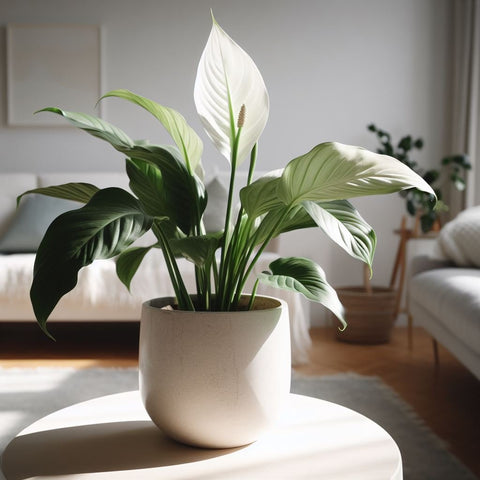


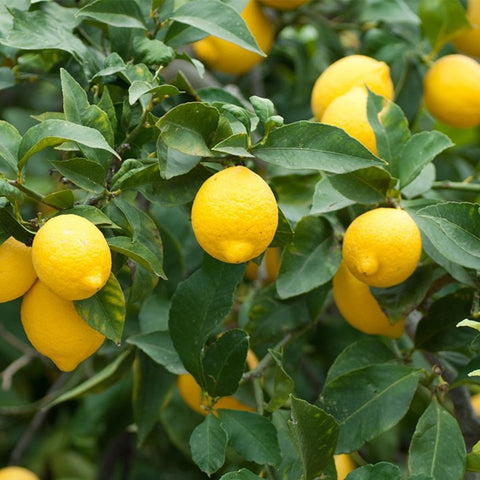
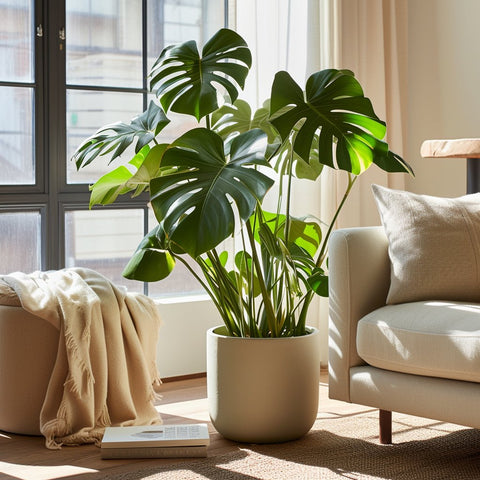
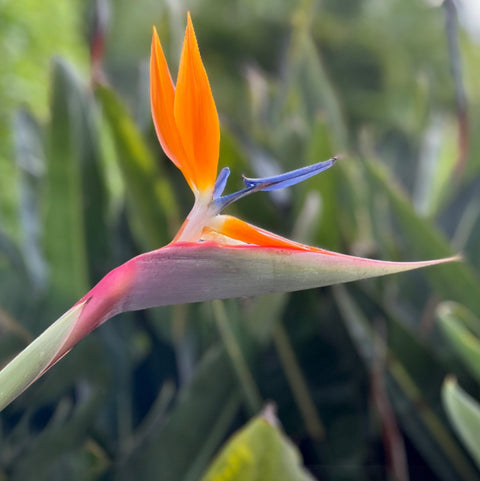
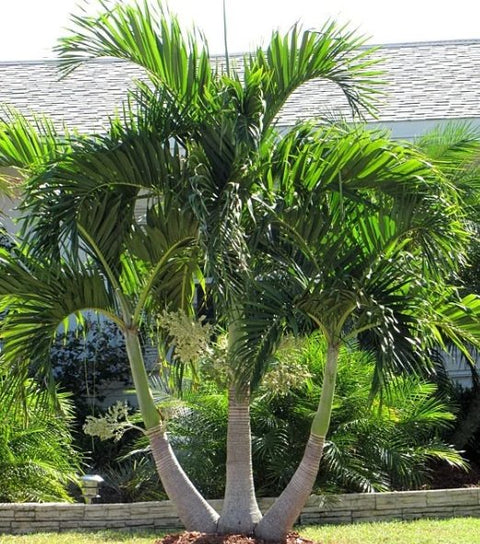
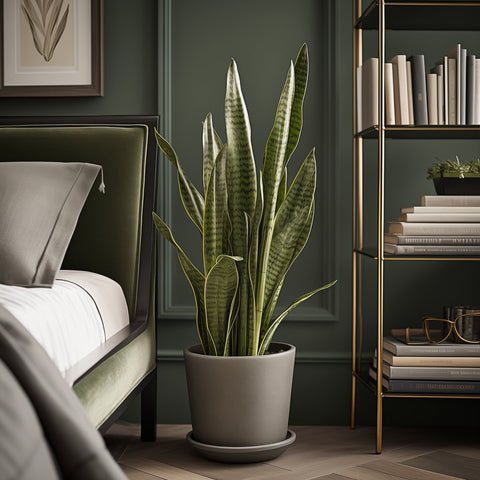
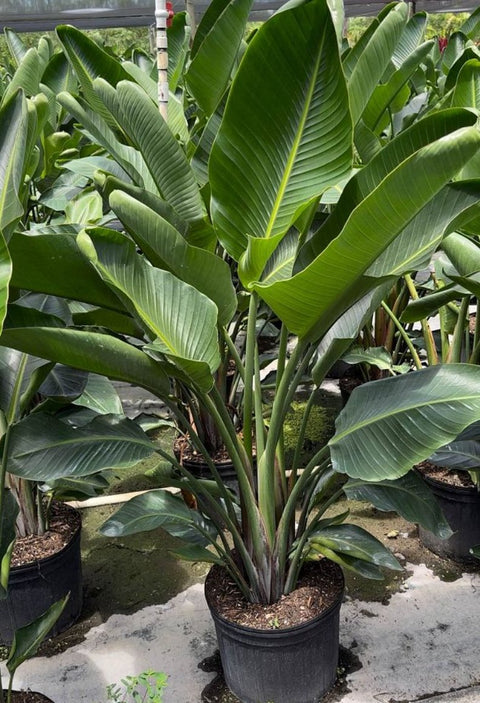
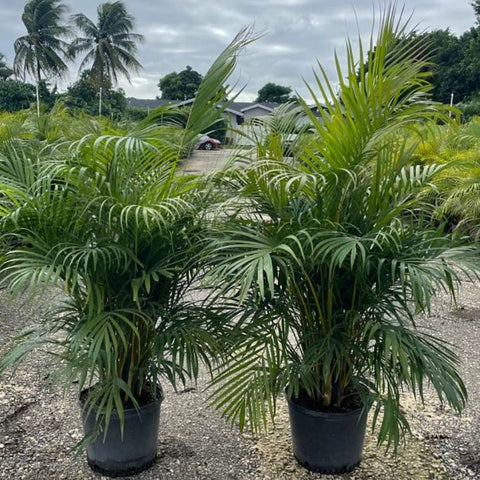






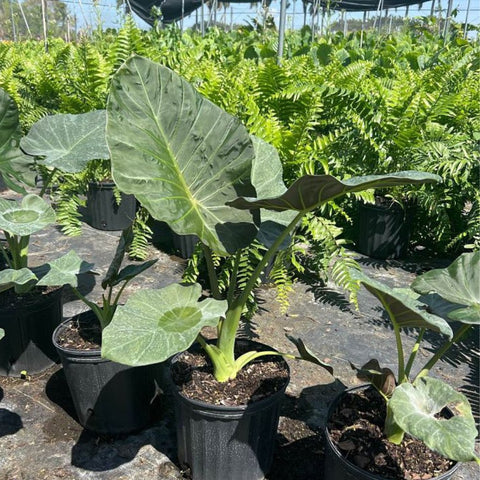
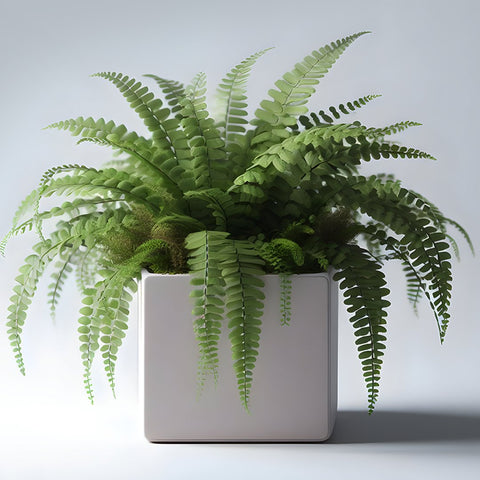
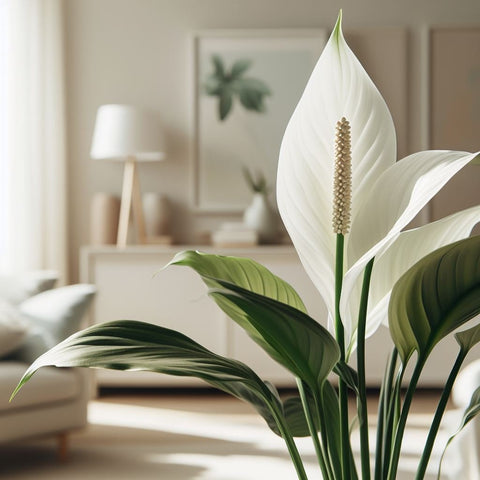


Comments (0)
There are no comments for this article. Be the first one to leave a message!